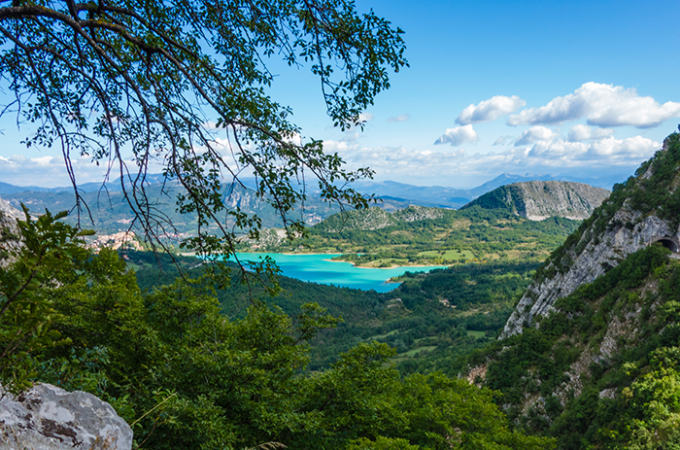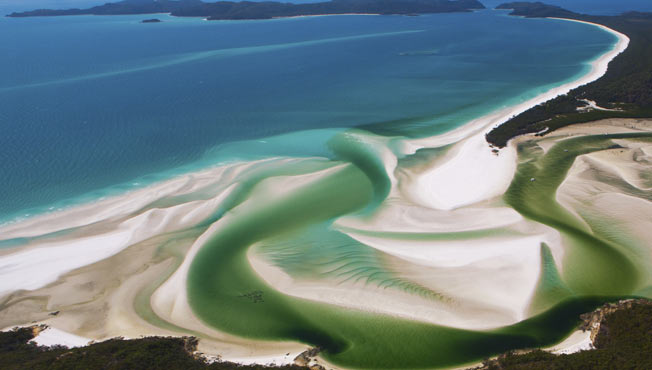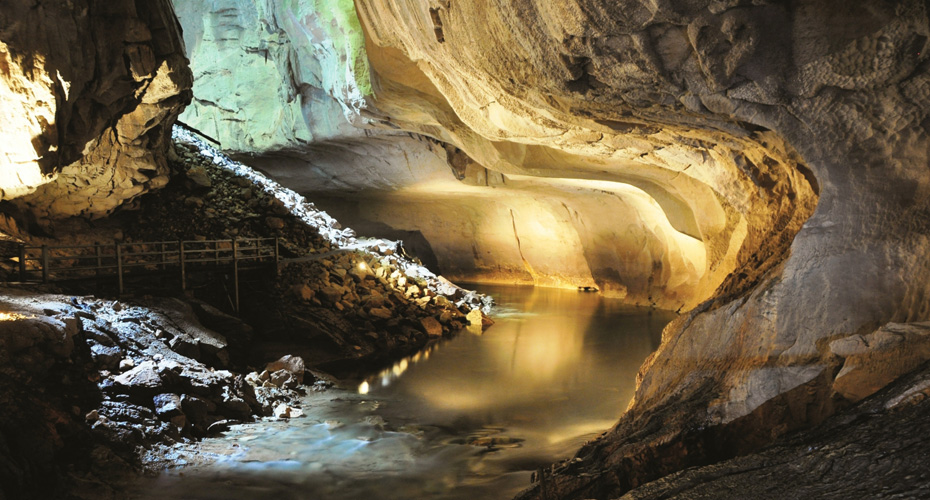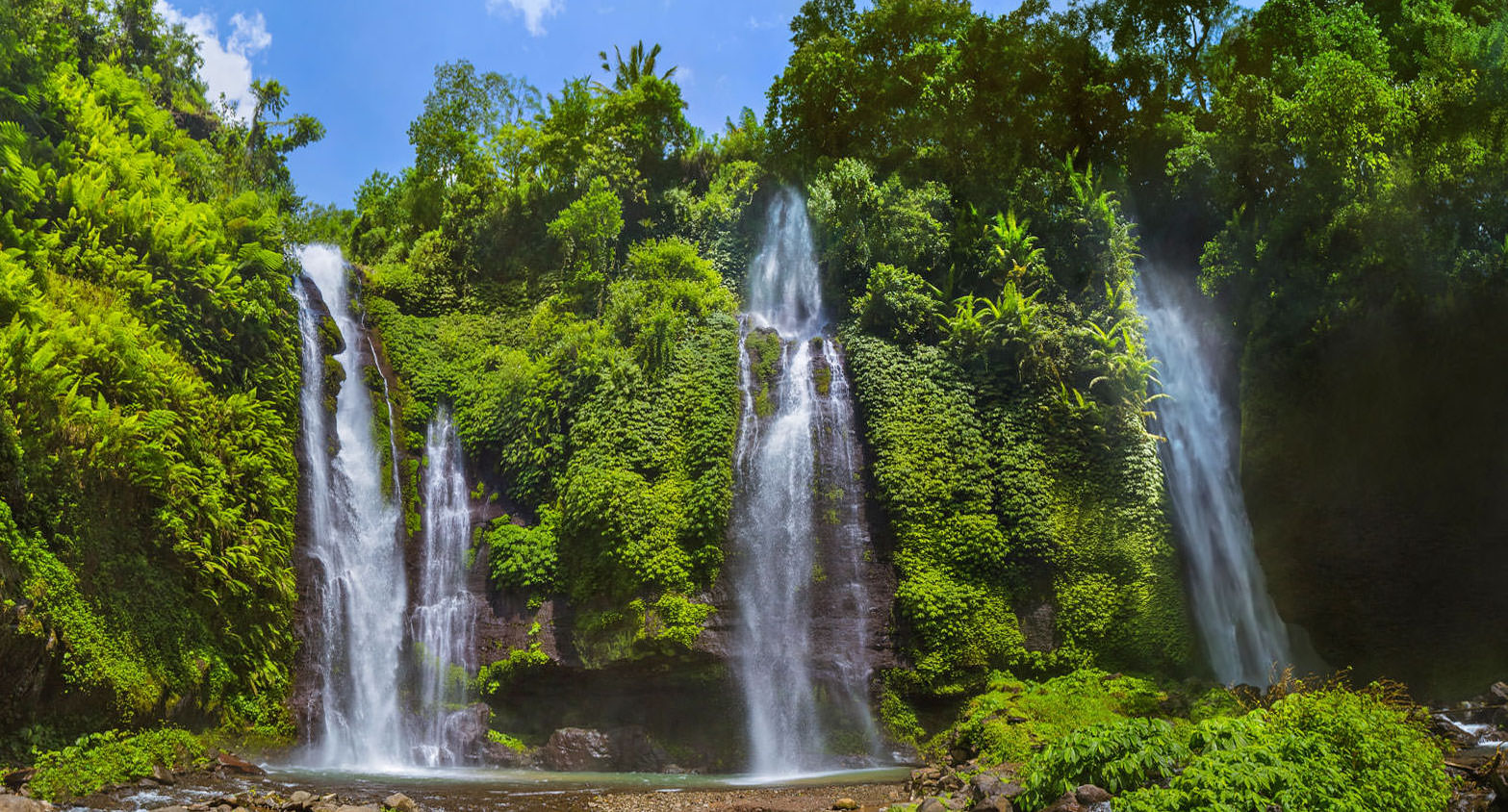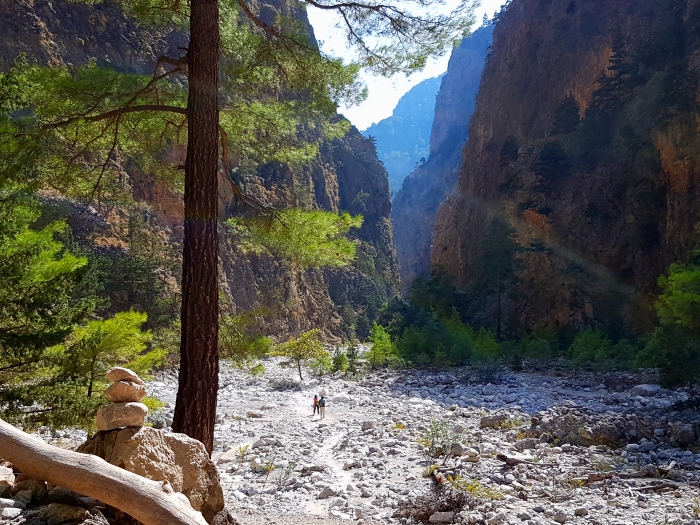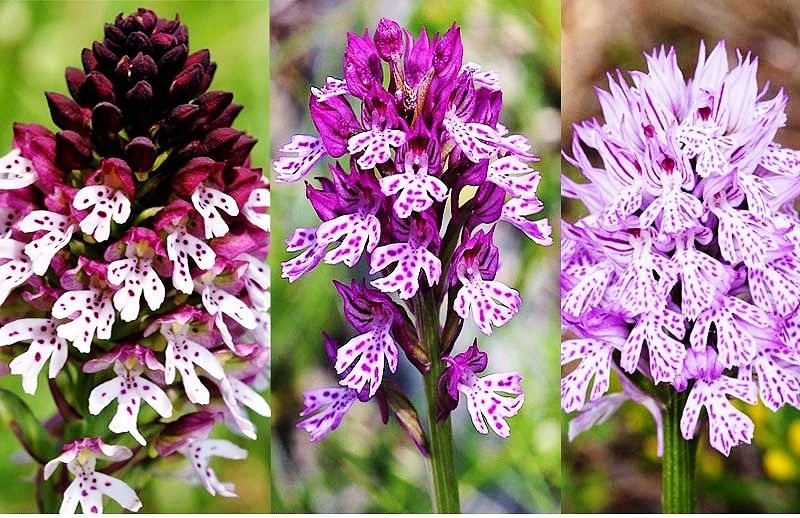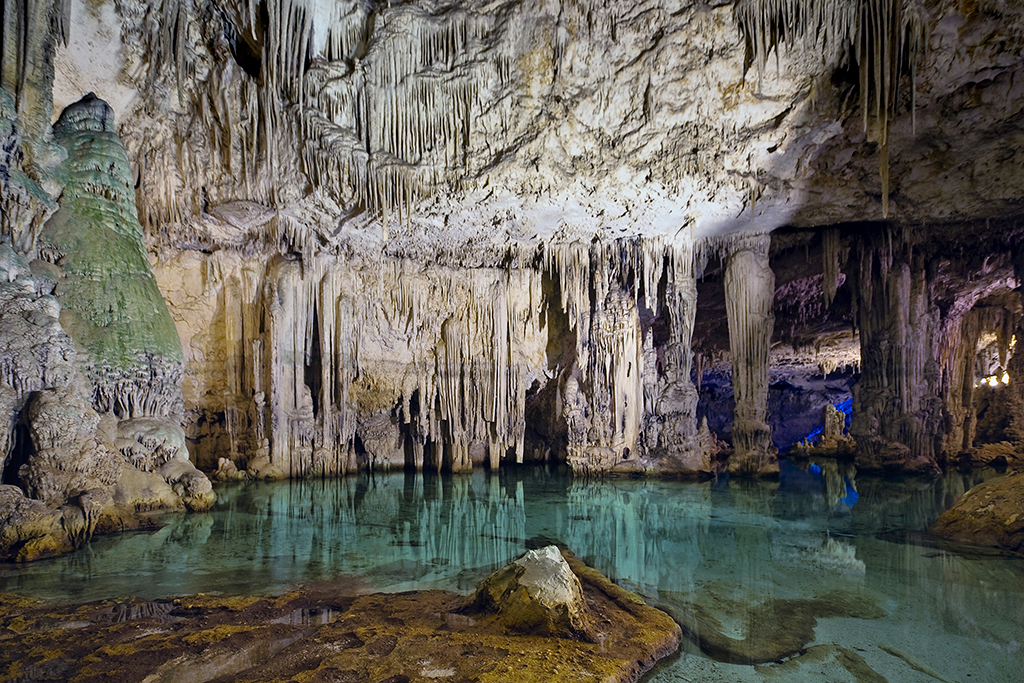Listen to the howling of the wolf or the bellowing of the stag, chance upon the tracks of a brown bear or watch herds of chamois running across the cliffs. This is not the start of a fairy tale, but what can happen if you visit the National Park of Abruzzo, Lazio and Molise, a large nature reserve created to protect one of the most majestic and wildest parts of the Apennines, extending for a total of 50,000 hectares in the greenest region in Europe. 60% of its surface is covered by primeval beech forests, whose cultural heritage was recognized by UNESCO in 2017. The fact that shepherds and farmers have never fully penetrated the area has helped encourage the development of untamed plant life, perfect for the survival of endangered species such as the Marsican brown bear, symbol of the park and a national icon of animal conservation, as well as some wolves which were close to extinction until a small pack began to populate the Apennines in the 1970s. The heart of the park is the Camosciara Nature Reserve, an incredible natural amphitheater. It is the most famous part of the park, but also the most delicate and a refuge for the most beautiful chamois (a goat-antelope species) in the world. The mountains are also inhabited by lynxes, deer, wild boars, golden eagles and falcons, while endemic spring plant life paint the pastures with the colors of dozens of species. In the southern part of the park between Lazio and Molise, where the Mainarde mountain range and the mountains of Meta signal the border between the central and southern Apennines, the sight of the awakenings of spring is simply extraordinary, as Mediterranean species meet those of the Alpine regions. Between May and June, Eugenie violets, Marsican buttercups and lady’s slipper orchids, one of the largest Italian orchids, come into bloom. The park is a mecca for walkers, with more than 150 hiking routes, ranging from easy family walks to multiple excursions on rocky peaks and exposed plains, as well as horse rides and mountain bike tours. The park is at its absolute best between June and September, though there are plenty of possibilities even in winter, when it changes its look and the hiking routes are transformed into tracks for climbing boots, skis or snow shoes.
